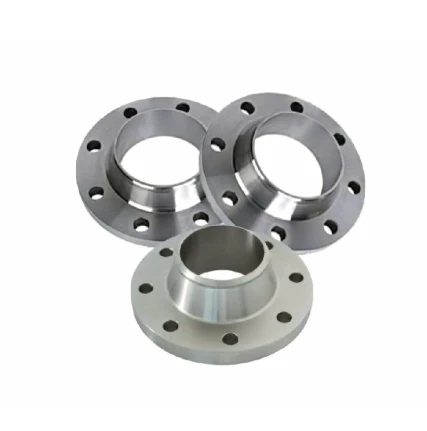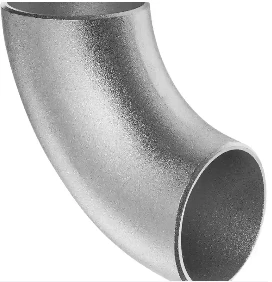Kamiseta
A pipe tee fitting is a crucial plumbing accessory designed to connect three sections of pipe, forming a T-shaped configuration that allows for efficient fluid flow in multiple directions. With one inlet and two outlets, or vice versa, pipe tees are commonly used in various applications across industries such as plumbing, oil and gas, chemical processing, and HVAC systems.Manufactured from durable materials like stainless steel, carbon steel, PVC, and brass, pipe tee fittings offer excellent resistance to pressure, temperature, and corrosion. They come in different sizes and configurations, including equal tees, where all outlets are the same size, and reducing tees, which feature one or two outlets of different diameters. This versatility makes them ideal for branching off fluid or gas lines, enabling seamless transitions and optimal flow management.
-
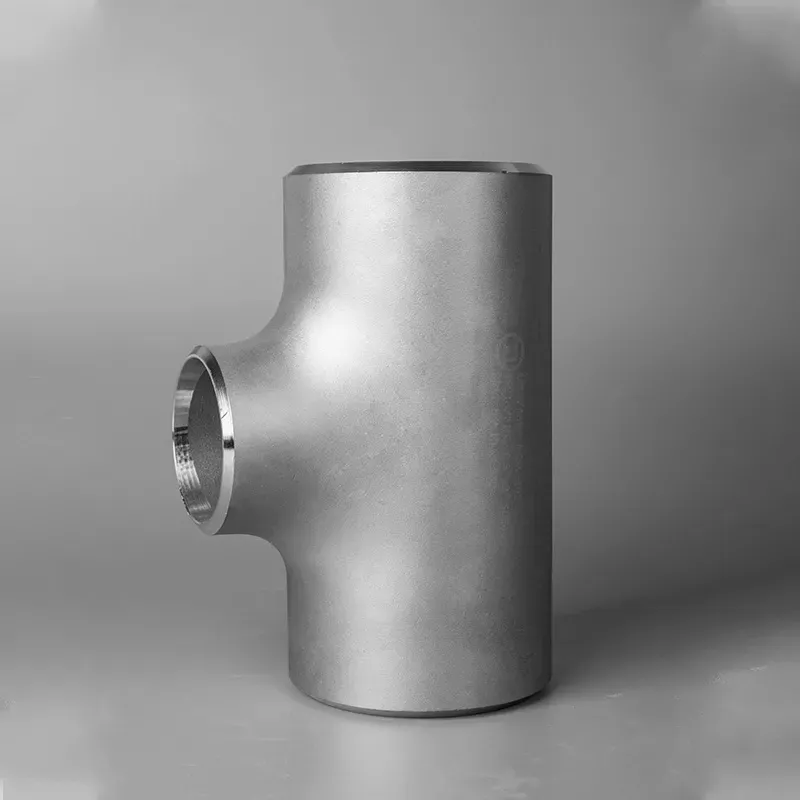
-
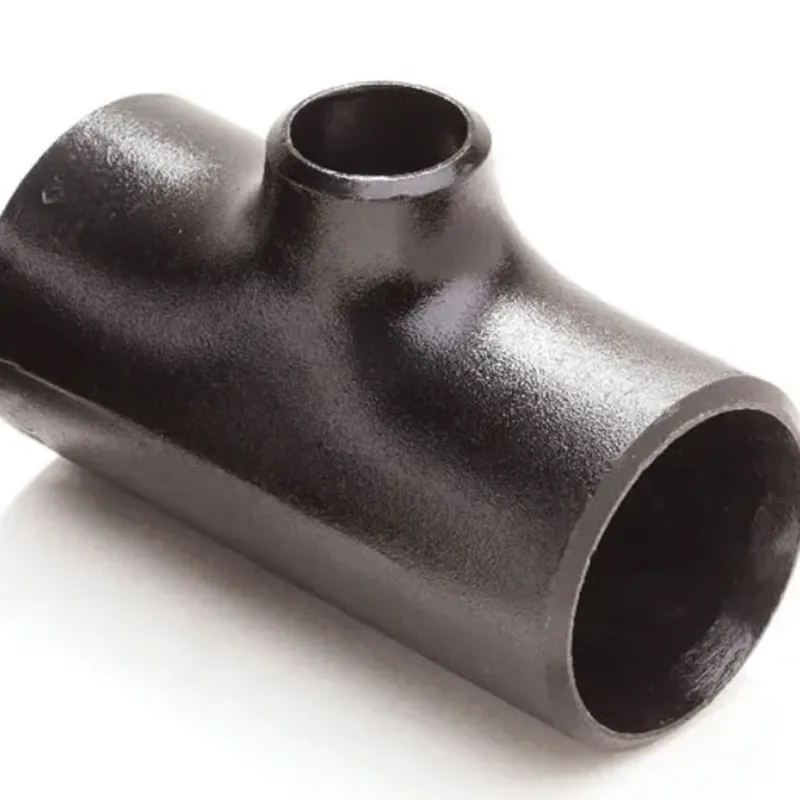
ANSI/ASME B16.9 BUTT-SOLDATZEKO FUNTZIOAK Tee berdina/Te murriztea
-
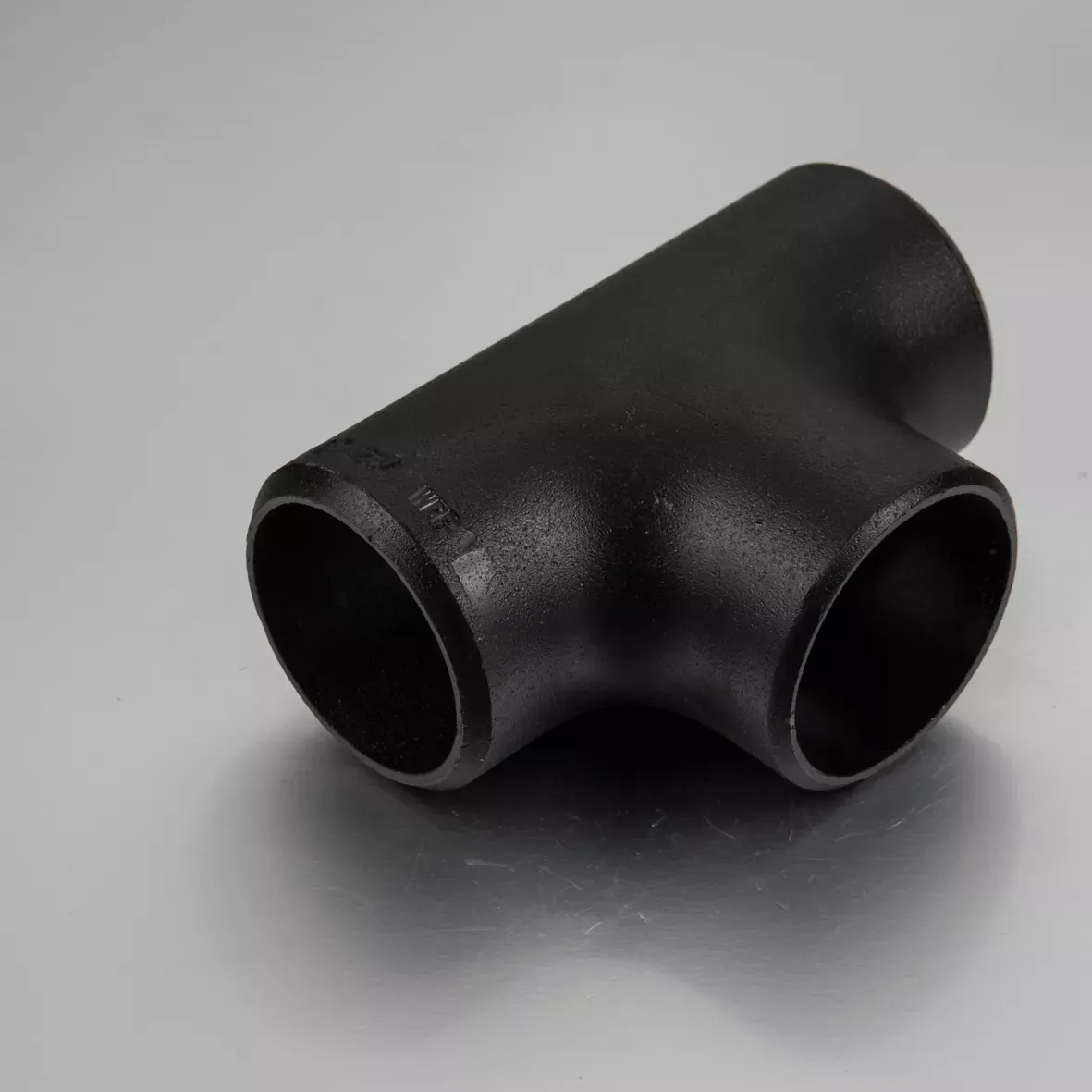
DIN2605-2617 BUTT-SOLDADURA BAZKARRIAK T berdina/T murriztea
-
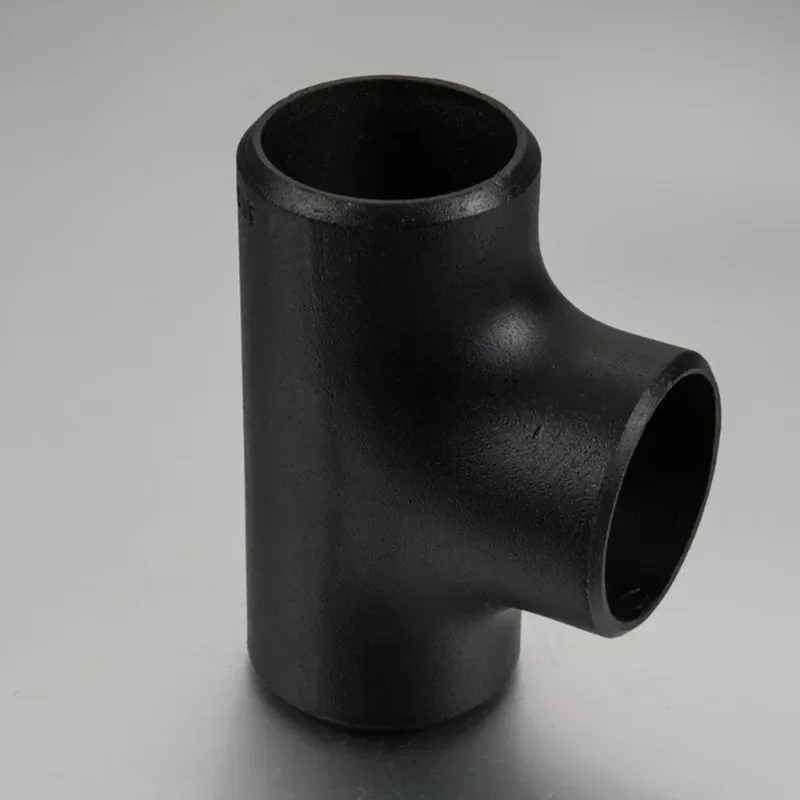
-
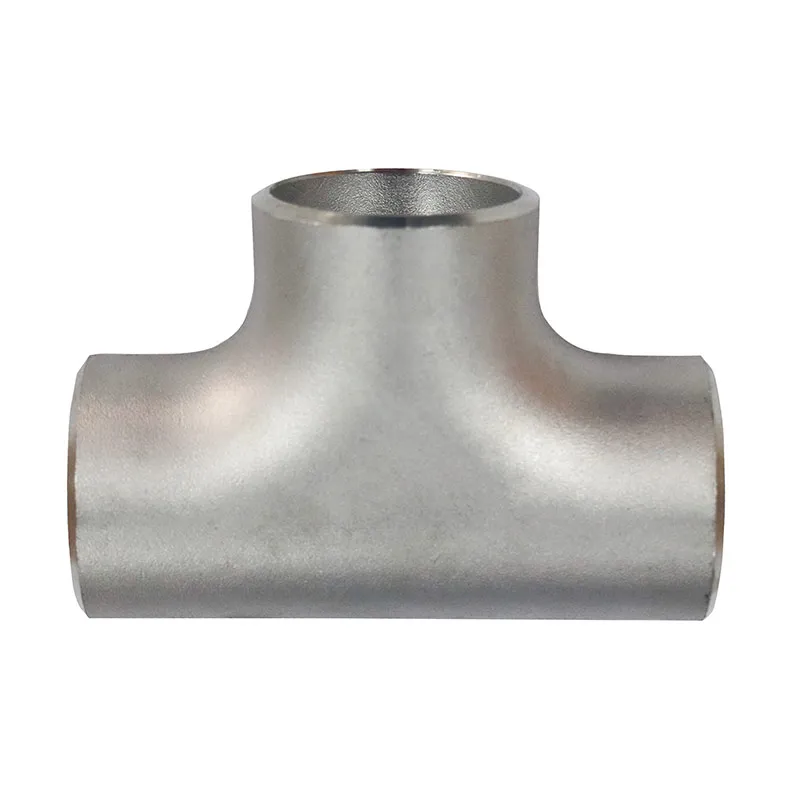
-
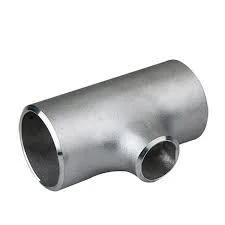
-
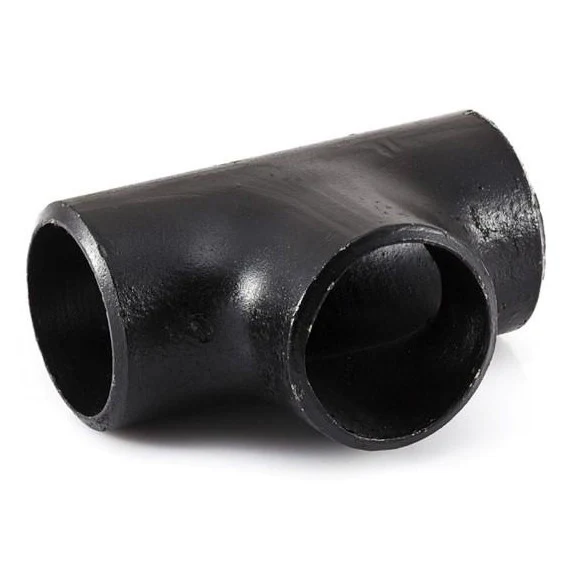
-
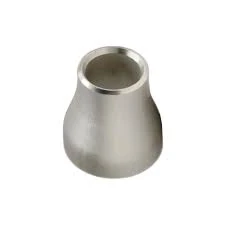
-
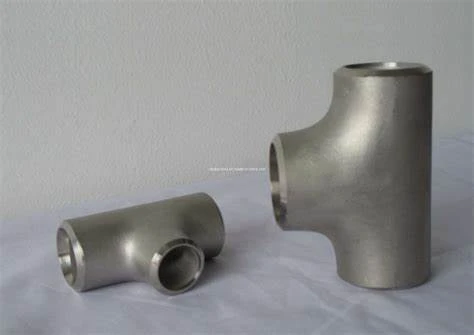
-
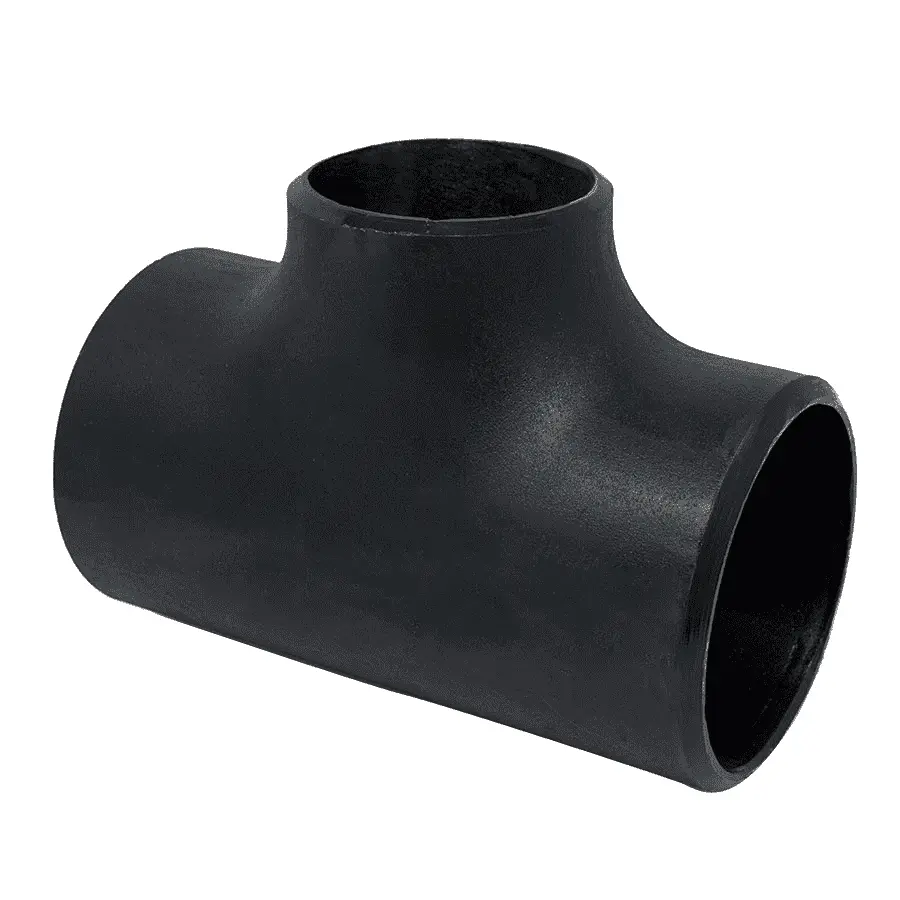
What is a Tee Used For?
A tee fitting, commonly known simply as a "tee," is a crucial component in plumbing and piping systems. Its unique T-shaped design allows it to connect three sections of pipe, facilitating the flow of fluids in multiple directions. This versatility makes tees indispensable across various industries, including plumbing, HVAC, and industrial applications.
Branching Fluid Flow
The primary function of a tee fitting is to enable the branching of fluid flow. In a typical plumbing system, for instance, a tee can connect a main water supply line to branch off into smaller pipes that lead to sinks, toilets, or showers. This allows for efficient distribution of water throughout a building, ensuring that multiple outlets can be supplied simultaneously.
Types of Tees
Tees come in two main configurations: equal and reducing. An equal tee has all three openings of the same diameter, making it ideal for situations where equal flow is required in all directions. On the other hand, a reducing tee features one smaller opening and two larger ones, allowing for a transition between different pipe sizes. This adaptability makes tees suitable for a variety of piping scenarios.
Applications in HVAC and Industrial Systems
In HVAC systems, tees are used to distribute air and refrigerant to different zones, helping maintain consistent temperatures throughout a space. They also play a significant role in industrial piping systems, where they facilitate the transport of liquids and gases to various processes or equipment.
Ease of Installation About Tee
One of the key advantages of tee fittings is their straightforward installation. They can be joined to pipes through various methods, including welding, threading, or using adhesive bonding, making them a convenient choice for both professional plumbers and DIY enthusiasts.
What is an Equal Tee Fitting?
An equal tee fitting is a type of plumbing connector that allows for the branching of fluid flow in three directions, all at the same diameter. Shaped like the letter "T," this fitting has one main inlet and two outlets that are equal in size, making it an essential component in various piping systems. Equal tees are commonly used in residential, commercial, and industrial applications, particularly in plumbing, HVAC, and chemical processing systems.
Design and Functionality of Tee
The primary purpose of an equal tee fitting is to facilitate the distribution of fluids—be it water, gas, or other substances—by providing a reliable junction where the flow can branch off in multiple directions. This design ensures that the pressure and flow rate remain consistent across all outlets, which is crucial for maintaining system efficiency. When installed correctly, equal tees can help minimize turbulence and prevent pressure drops, contributing to a more reliable piping network.
Material and Variations of Tee
Equal tee fittings are available in various materials, including PVC, stainless steel, carbon steel, and brass. The choice of material often depends on the specific application, such as the type of fluid being transported and the operating conditions (temperature and pressure). Additionally, equal tees can come in different connection types, including threaded, socket weld, and butt weld, allowing for compatibility with various piping systems.






